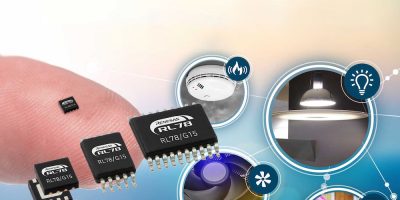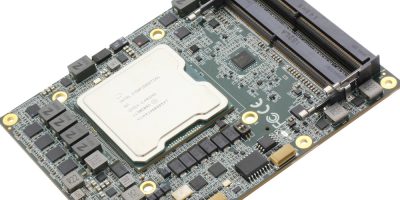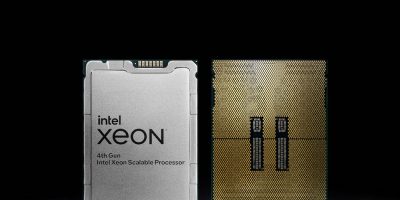A general purpose microcontroller (MCU) has been added to the Renesas Electronics low power RL78 family. The small, eight-pin package size targets eight-bit MCU applications, advised Renesas.
The versatile RL78 / G15 packs many peripheral functions and four to 8kbyte of code flash memory in package sizes ranging from eight to 20 pins, with the smallest eight-pin device measuring only 3.0 x 3.0mm. They are designed to keep system size small and reduce the cost of end systems, such as industrial, consumer, sensor control, lighting, and inverter applications. The maximum operating ambient temperature of 125 degree C covers a wide temperature range and allowing the MCU to be used near heat-generating components such as inverter motors.
All pins can be used for general-purpose I/O, except VDD and VSS power supply pins. In addition to up to 8kbyte of code flash memory, the MCU has 1kbyte of code flash memory, 1kbyte of data flash and 1kbyte of SRAM.
It supports operating voltages from 2.4 to 5.5V and supports CSI, UART, Simple I2C, and multi-master I2C serial interfaces. The MCU has a high-precision oscillator (±1.0 per cent) and a built-in comparator.
Engineers designing with the RL78 / G15 can use the GUI-based Smart Configurator to generate driver code for peripheral functions. Renesas also offers the Fast Prototyping Board (FPB) for evaluation, which comes with Arduino Uno and Pmod Type 6A interfaces with access to all pins. Debugging and programming are possible using only a USB cable. Developers can gain access to RL78 development resources using just an Arduino library that can run on the FPB. They can also access the resources offered through the Arduino ecosystem.
The RL78 / G15 is available today in volume production.
Renesas Electronics combines embedded processing, analogue, power and connectivity expertise to deliver semiconductors for the automotive, industrial, infrastructure and IoT market sectors.







